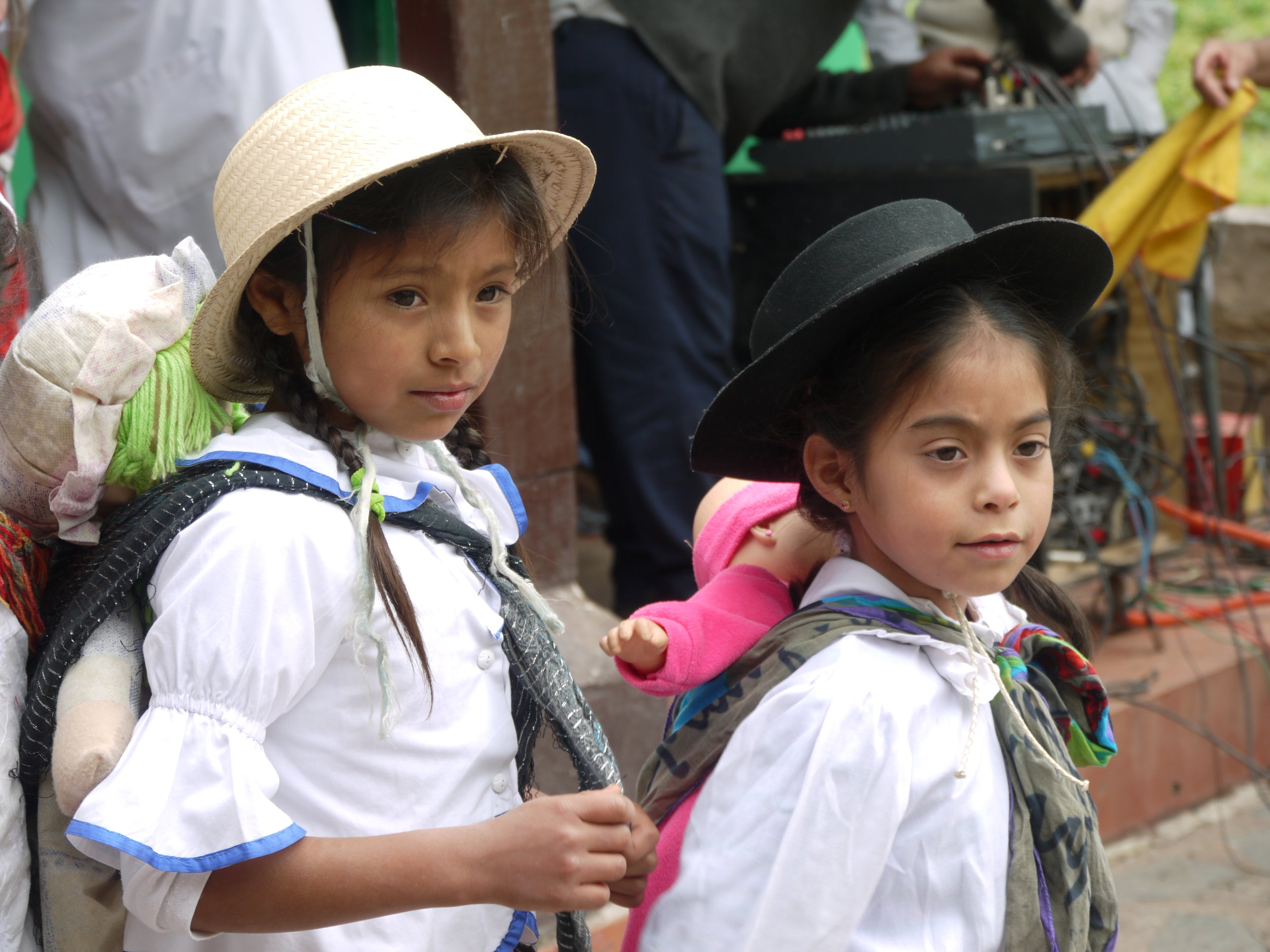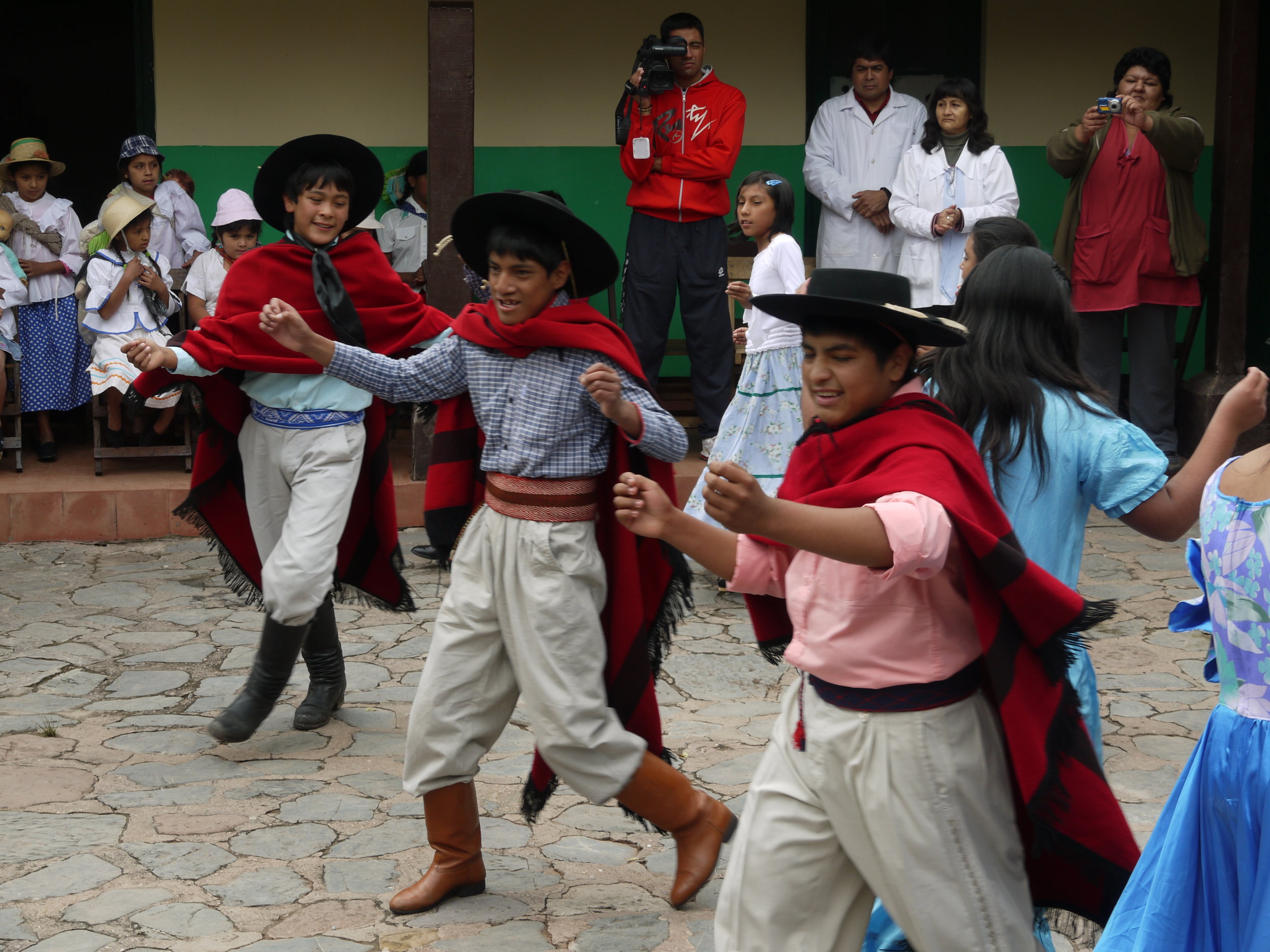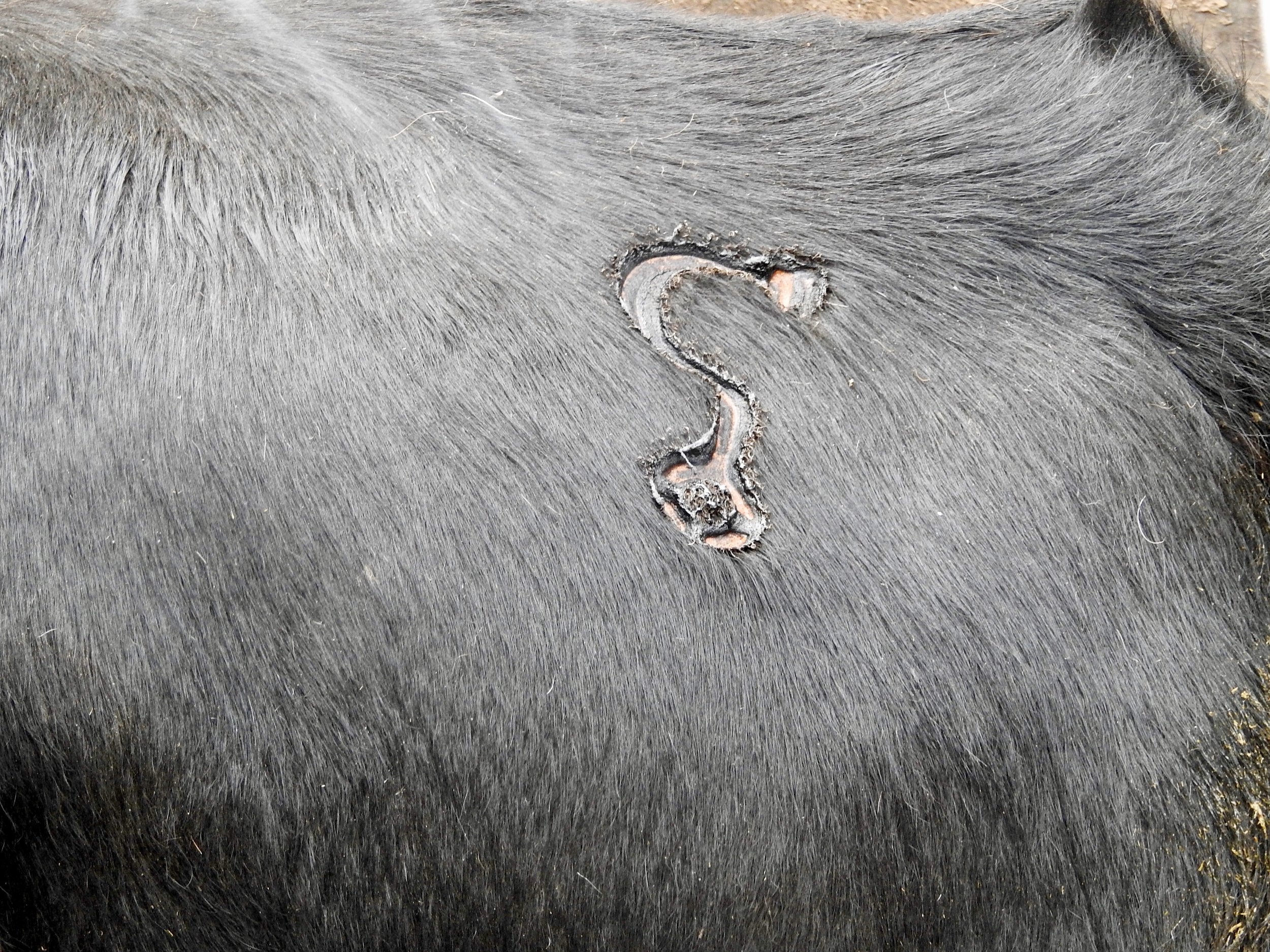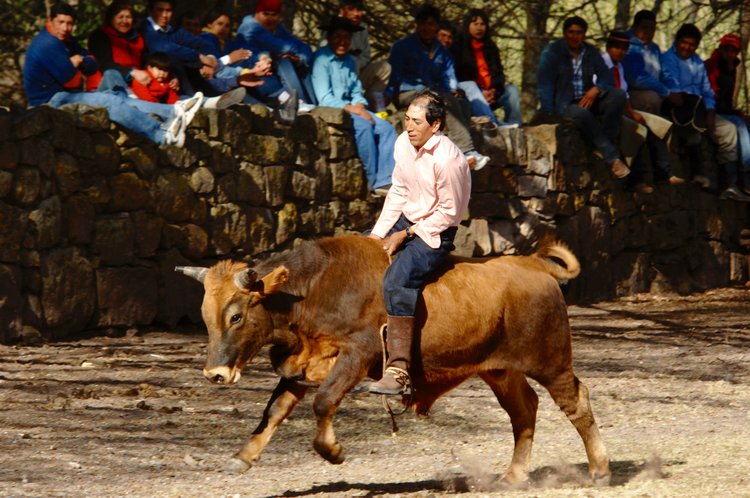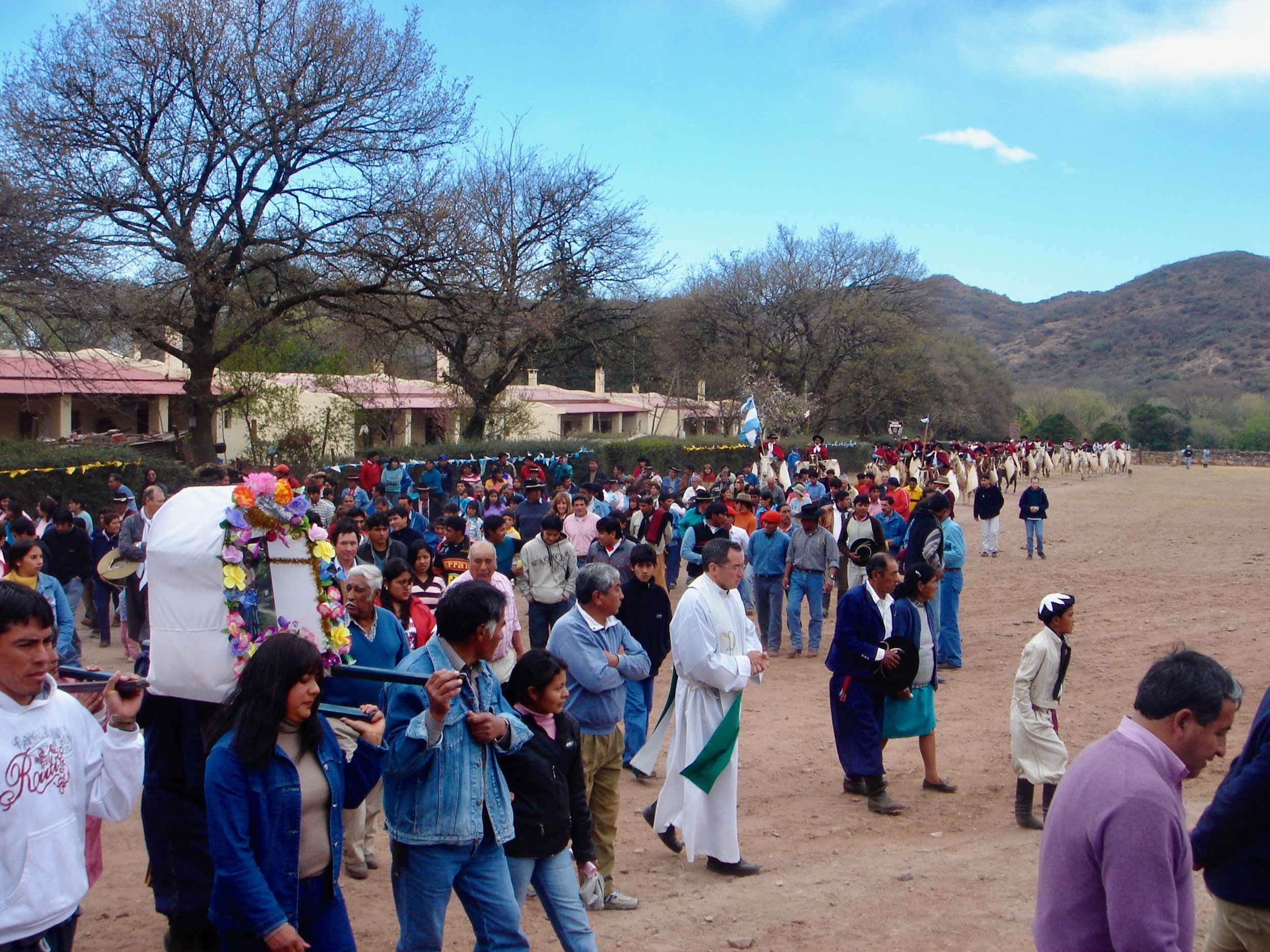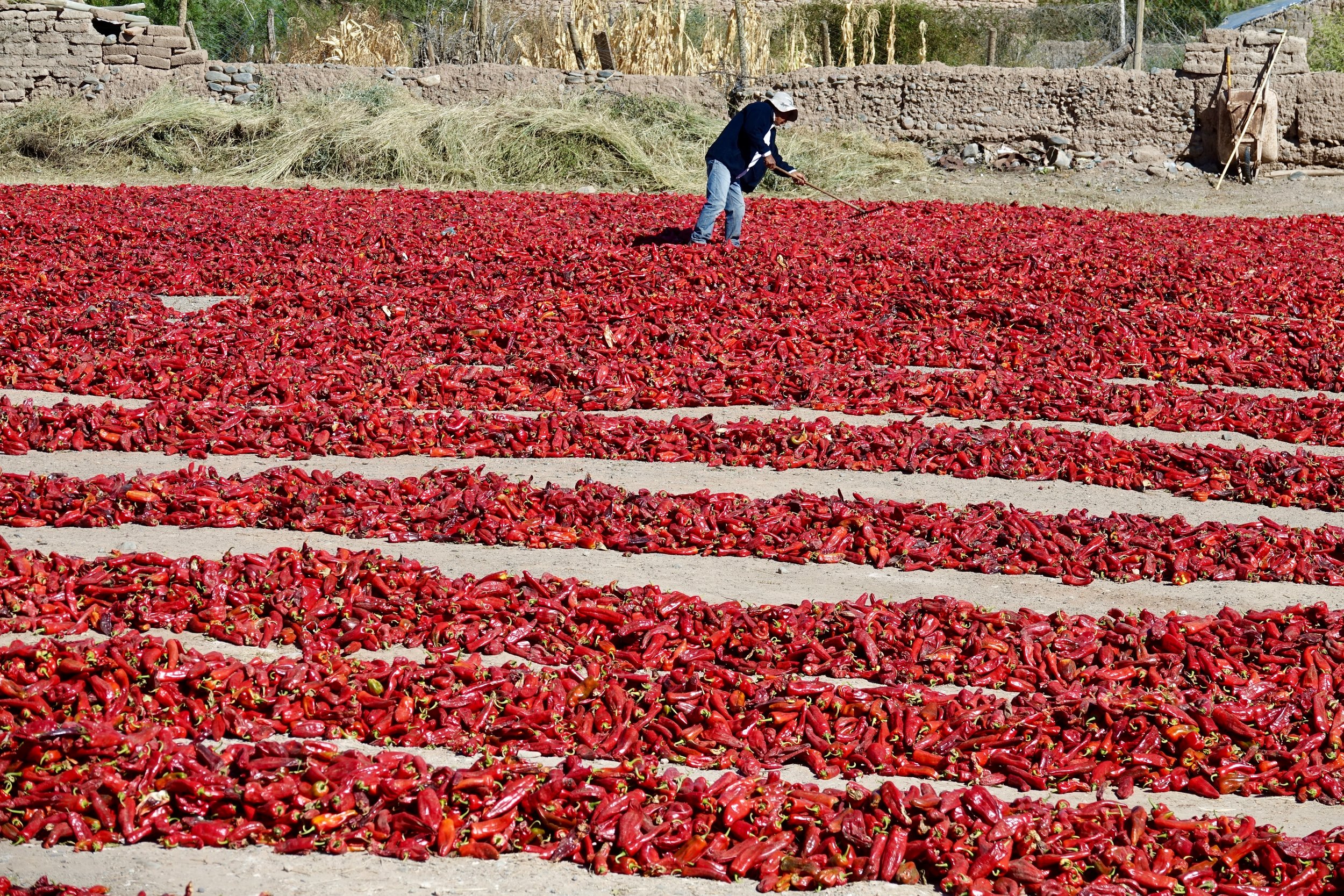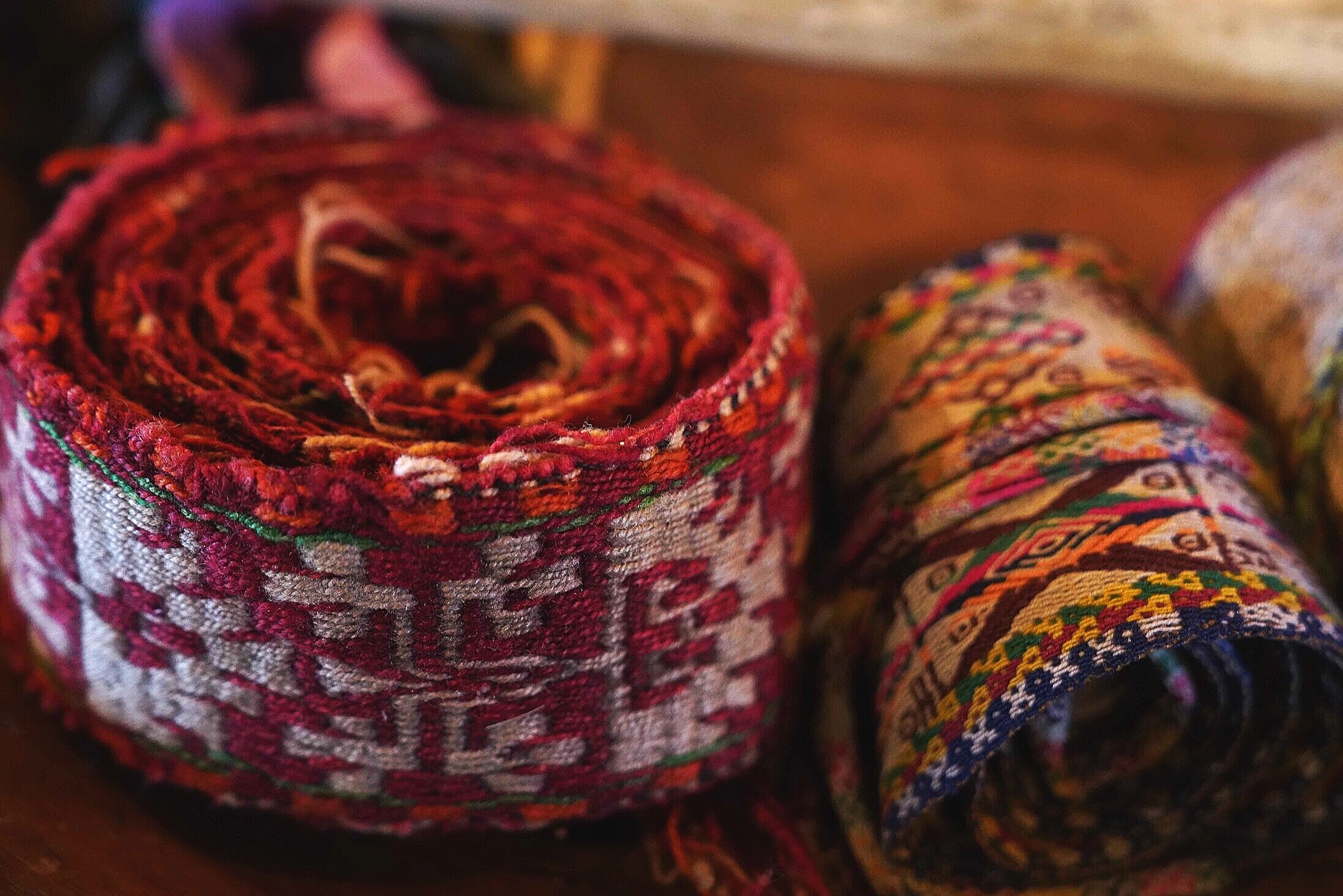
Welcome to an exceptional estancia steeped in colonial history as Pampa Grande’s first owner was Hernando de Lerma founder of the city of Salta and Governor of Tucuman.
Pampa Grande offers an exceptional opportunity to share the work of the gauchos in a unique geographical location: a fertile valley at 1700m altitude set within 30.000 hectares of land.
After a day sampling the authenticity of a traditional estancia you will enjoy the charm of locally sourced foods and wines and all the confortable corners of a refined house.
Our Story

History, Culture & Traditions of Pampa Grande
Once the property of a Spanish General who came down from Peru and founded Salta, 400 years ago, Pampa Grande can claim a part of the unique historic appeal of the Northwest: to be at the interface of Pre-Colombian and Spanish culture.
The North of Argentina was colonised by the Spanish conquistadors in the 16th. Hernando de Lerma was named Governor of Tucuman in 1577 by King Philip II. He founded the city of Salta in 1582 and gave his name to the valley. All this region had been relatively recently integrated in the Inca empire and was populated by numerous Indian tribes. Pampa Grande is on the old Inca trail that runs from the Valley of Lerma to the valley of Tucuman accross the mountains and was , no doubt, prized for its fertile land. It became the Lerma family property and since then went through the hands of many prestigious families as it was considered one of the important estancias in the NW of Argentina.
In the early 19C Pampa Grande belonged to General Arenales, one of the key military leaders who contributed to the birth of the new nation. The gauchos took part in the uprising against the royalists under the banner of General Guemes wearing the now famous black and red poncho, a key to their pride. Pampa Grande probably produced a lot of mules which were crucial for moving military gear.
Pampa Grande was a place where European and Indian (Guachipas tribe) culture clashed, most probably quiete violently. But a lot of remains testify to the previous civilisation. Dr Ambrosetti excavated important artifacts from sacred burial grounds, such as mummies and urns. Most of these are in the collections of the museum of Buenos Aires but the estancia retains a few.
The main original cultural element living on at Pampa Grande nowadays is the gaucho tradition. The gaucho is a true creation of the melting pot of Indian and European culture. He dresses partly like an Indian (poncho), has beliefs related to Indian beliefs (Pacha Mama…) but is also a catholic and a fervent Argentinian nationalist. This tradition is manifest in the dexterity the gauchos display in the handling of cattle: gathering cattle on horseback (corridas), wielding of lassos and all the work in the corrales. Several times a year, the gauchos attend the “fiesta patronales” wearing their best attire and displaying their best leatherwork. Pampa Grande supports one such event, end of August, that draws about 800 people from the neighbouring communities.
Our Values
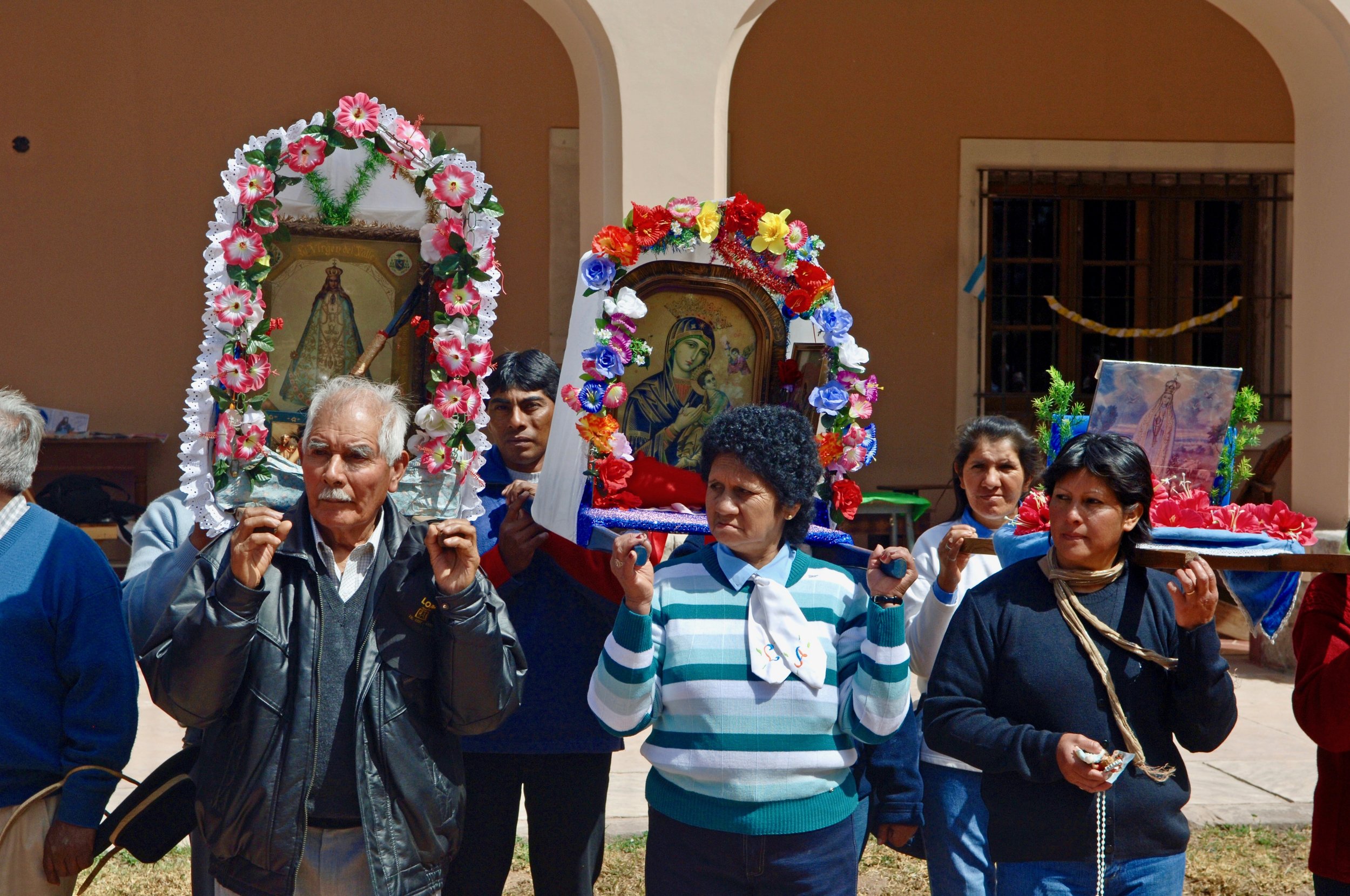
A long term vision of sustainability
Land use and community employment are closely intertwined at Pampa Grande as there is no opportunity to live in the valley and work elsewhere because of the distances. In that sense either one sustains the other for that matter. We are therefore extremely careful to stimulate opportunities and make Pampa Grande a worthwhile place to live for future generations.
_
A community established since hundreds of years
Ever since Hernando de Lerma first established an encomienda* in the valley in the 1600 hundreds there has been a community living and working in Pampa Grande. Currently about 160 people of all ages live in the valley. There is school with about 25 alumni from the village and nearby settlements.
_
An exceptionally rich fauna and flora
Pampa grande is situated at the convergence of subtropical forests to the east and the dry plateaux of the Puna* to the west. More than half of the land is covered by dense forests that are rarely visited by man. But they are home to rare tree species and a huge variety of birds and wildlife.
Our Work
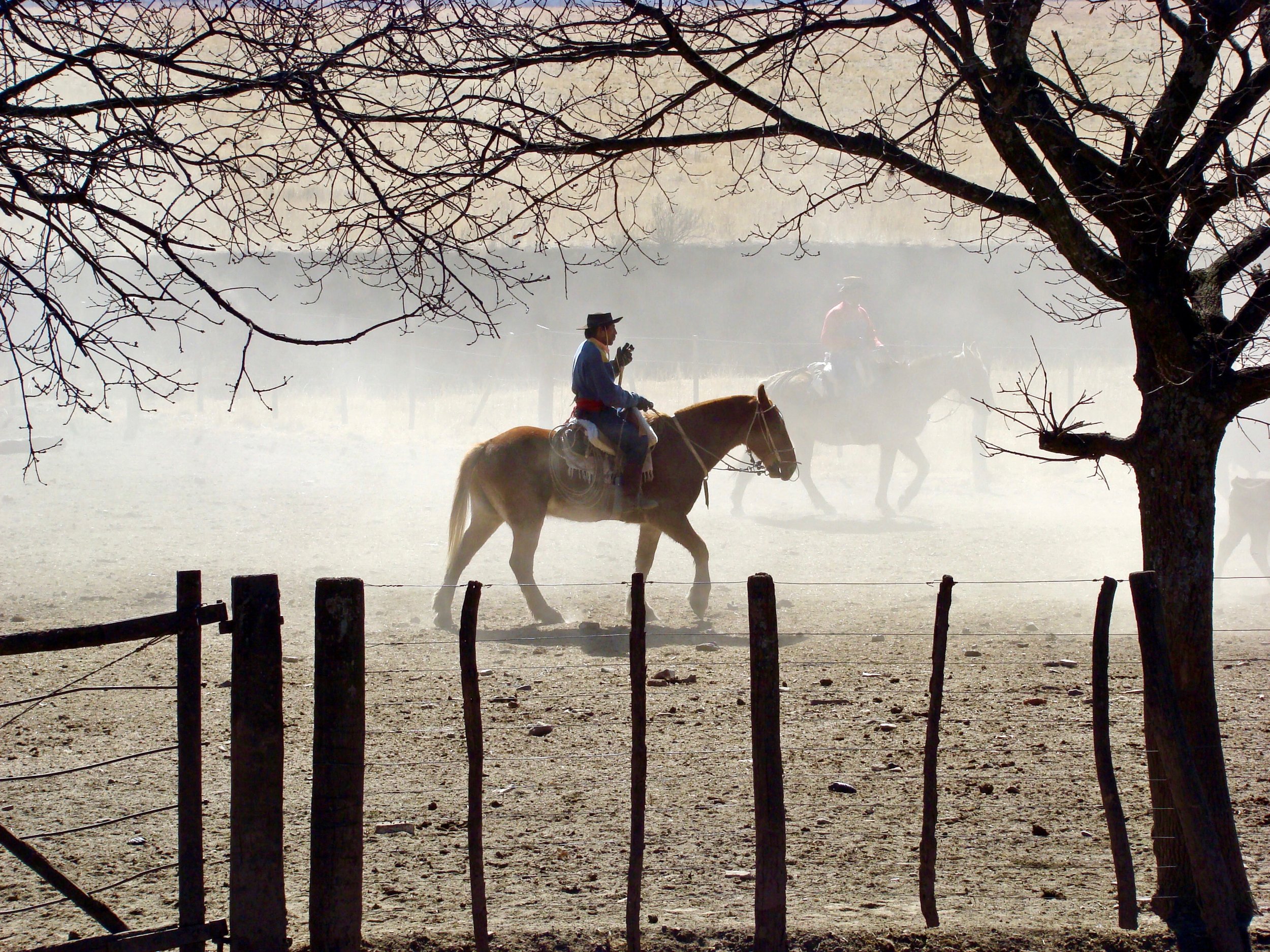
An organic working estancia
Pampa Grande is a village and a community dedicated since centuries to ensuring the land surrounding the river running through the valley bears fruit. This entails many different jobs: from the gaucho work with the cattle, to irrigation, maintenance of fences, agriculture and special crops, and tourism.
Pampa Grande is a officially certified organic farm since 2015. In 2018 PG has started a management project with OVIS21. This is the Argentinian offspring of the Alan Savory Institute (US) that is dedicated to improving grassland management in a holistic perspective. In short, the idea is to optimise the rotations off the cattle over the grasslands by carefully measuring the receptivity of each division.
On the eco-tourism front, Pampa Grande has become a fellow member of The Long Run. PG will therefore stimulate and share interest in the conservation of the ecological uniqueness of the valley as there is an extraordinarily varied fauna and flora.
Our Team

A team dedicated to sustainable growth
With a focus on managing land in a sustainable and effective way, which truly is a permanent learning experience, the team at Pampa Grande is permanently buzzing away to the tune of the seasons. From controlling the birth of calves to the weaning period six months later for the gauchos to the irrigation, seeding and harvesting for all those involved in agriculture, everyone is involved in the project of having a prosperous herd of cattle grazing healthy grasslands.

